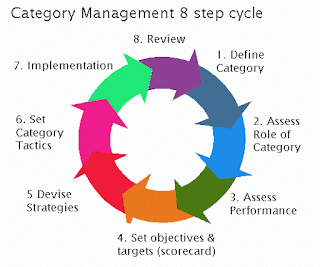Social Enterprise Strategic Vision or Confusion
Enterprises, as their beacon to the future, need to craft their visions for the next five years. Unfortunately, change is happening at a blistering pace such as shifts in economy; shifts in local and global market; emerging technologies; climate change; economic upheavals from developed countries affecting developing countries. Furthermore, the internet revolution spawning new business models and replacing obsolete models. These are rather to heady for those who are running social enterprises. Large enterprises, on the other hand can afford to have a team of highly paid and highly educated strategic planners armed with MBAs and PhDs, and probably working with think-tank partner organizations to jointly craft a large enterprise's strategic direction blueprint. Social enterprises, on the other hand, may also be crafting their own strategic direction, but most probably, without the help of highly paid and highly educated specialists on strategic planning. Social enterprises, more...




